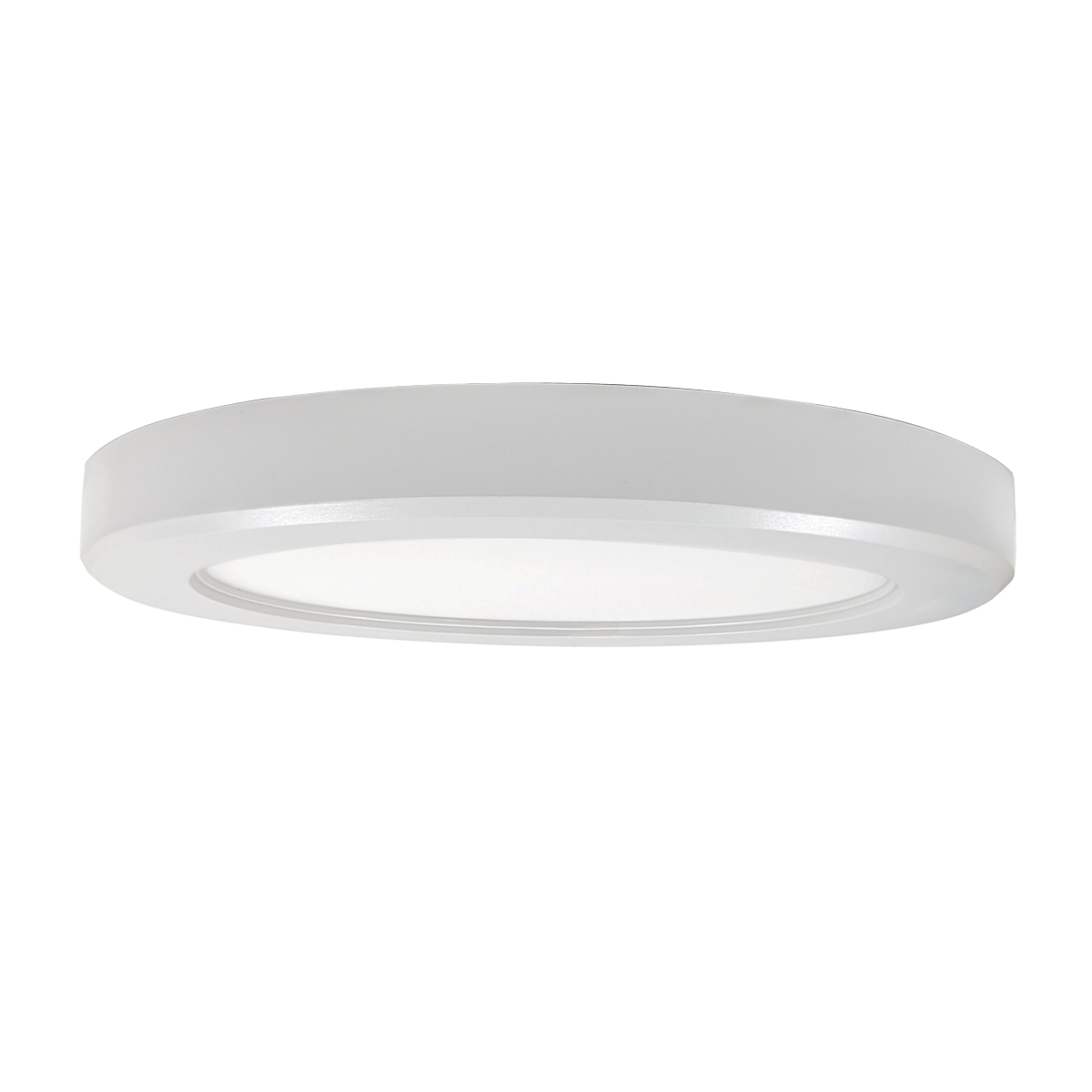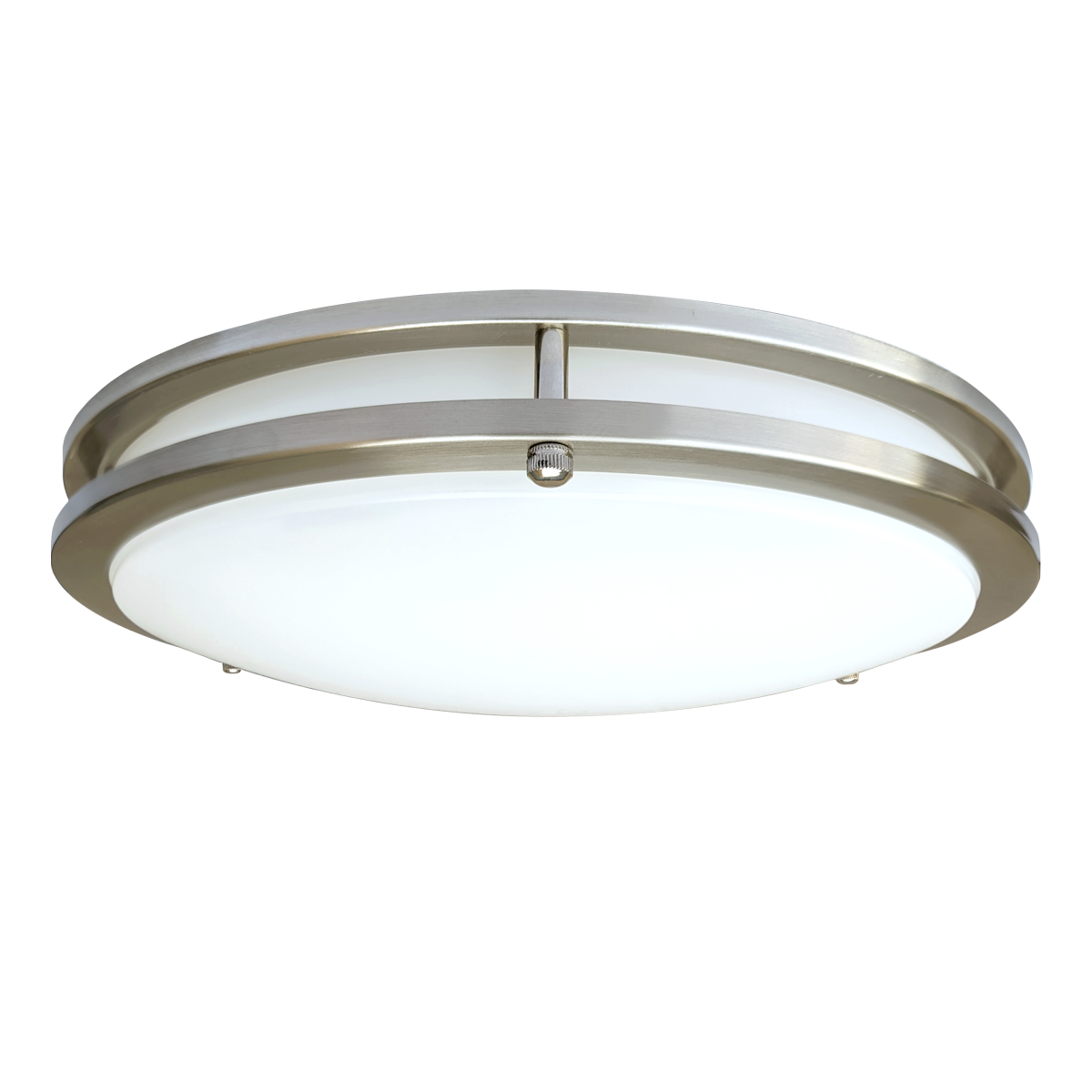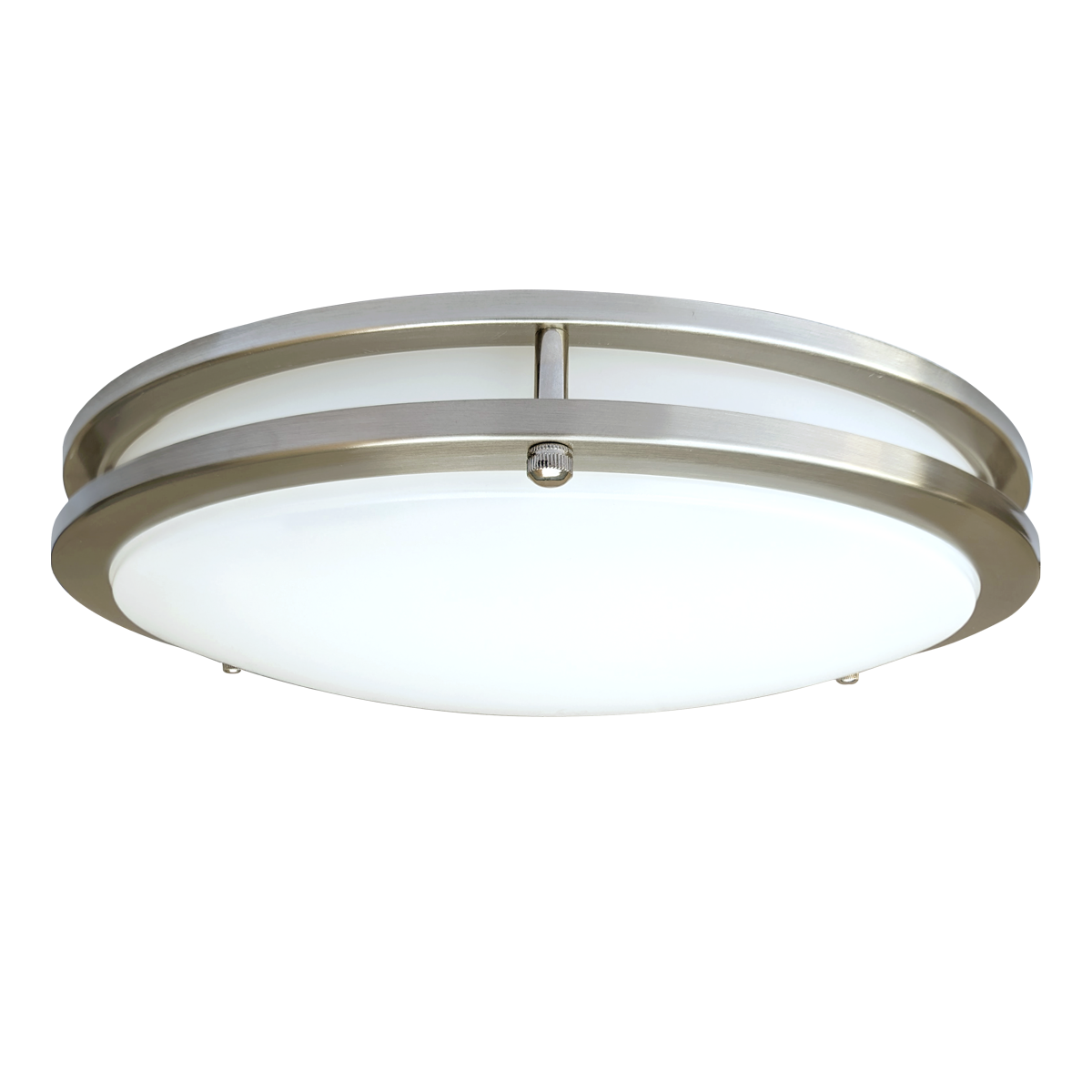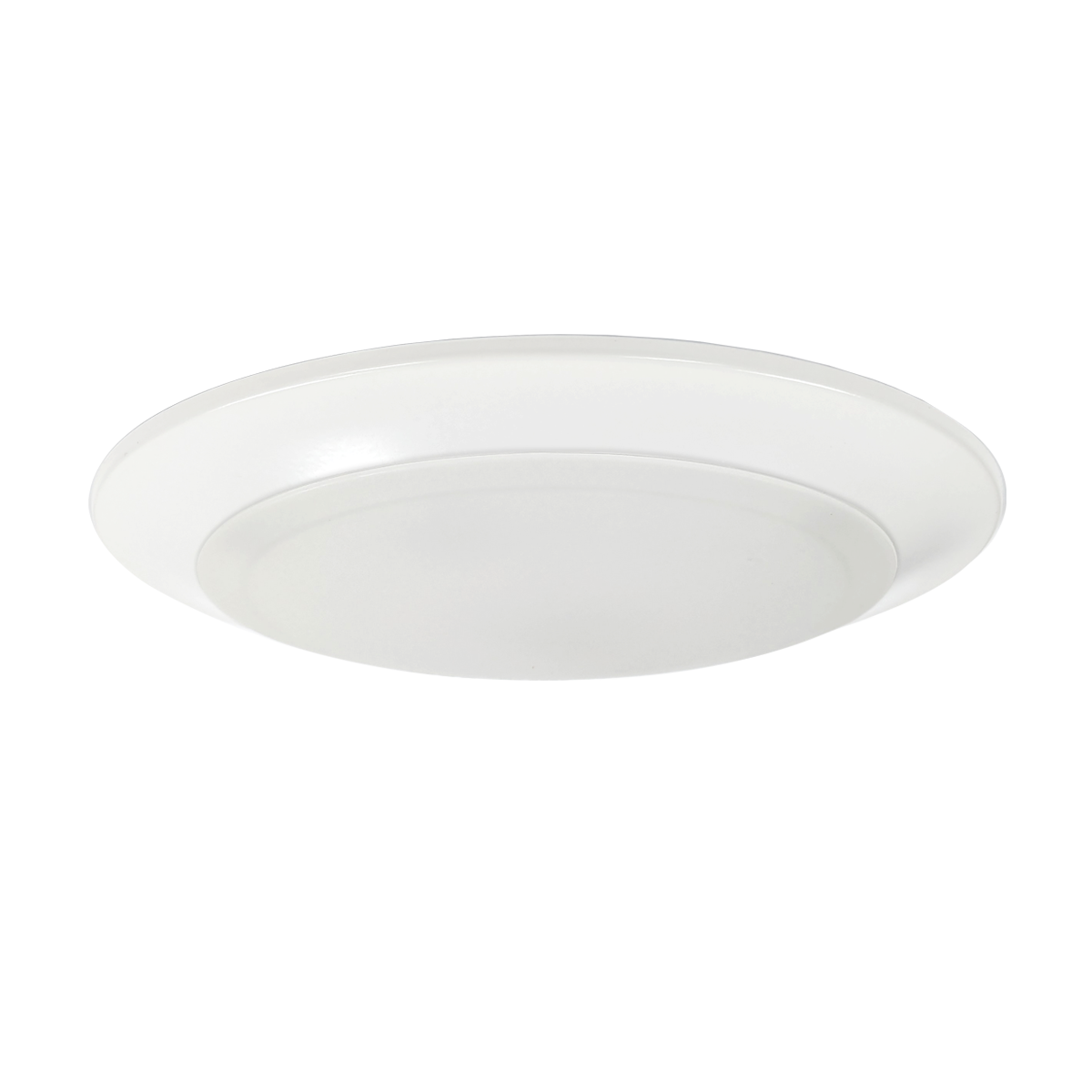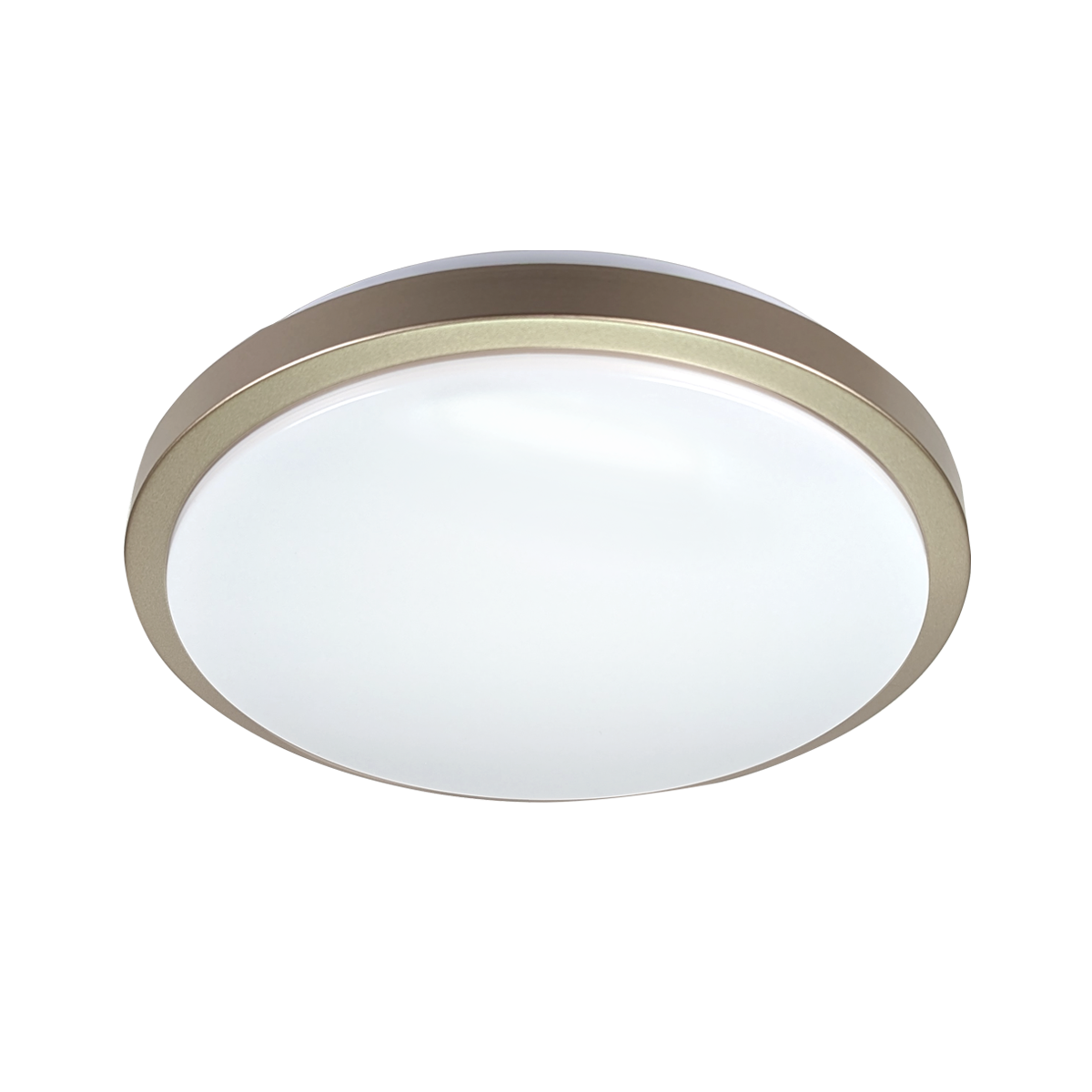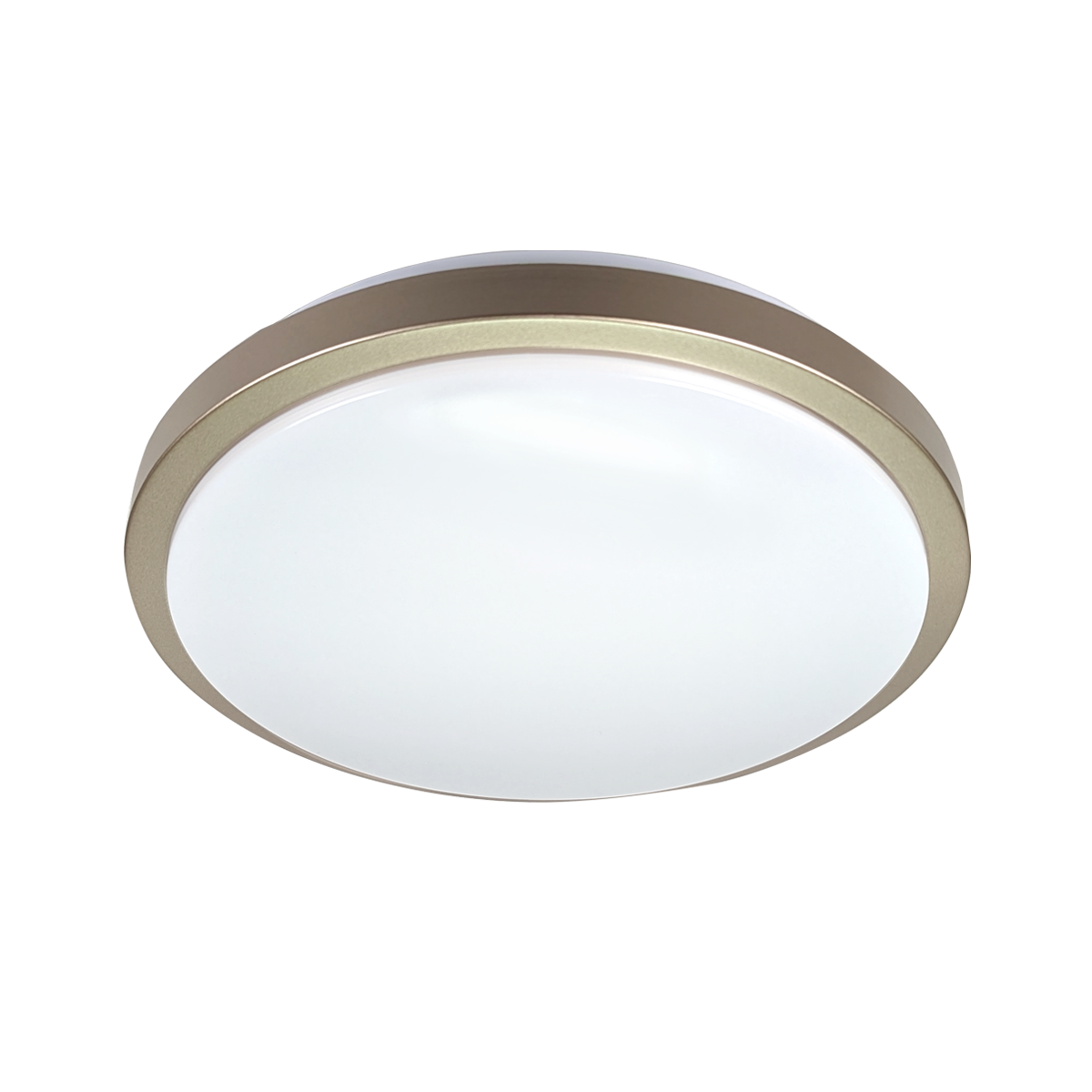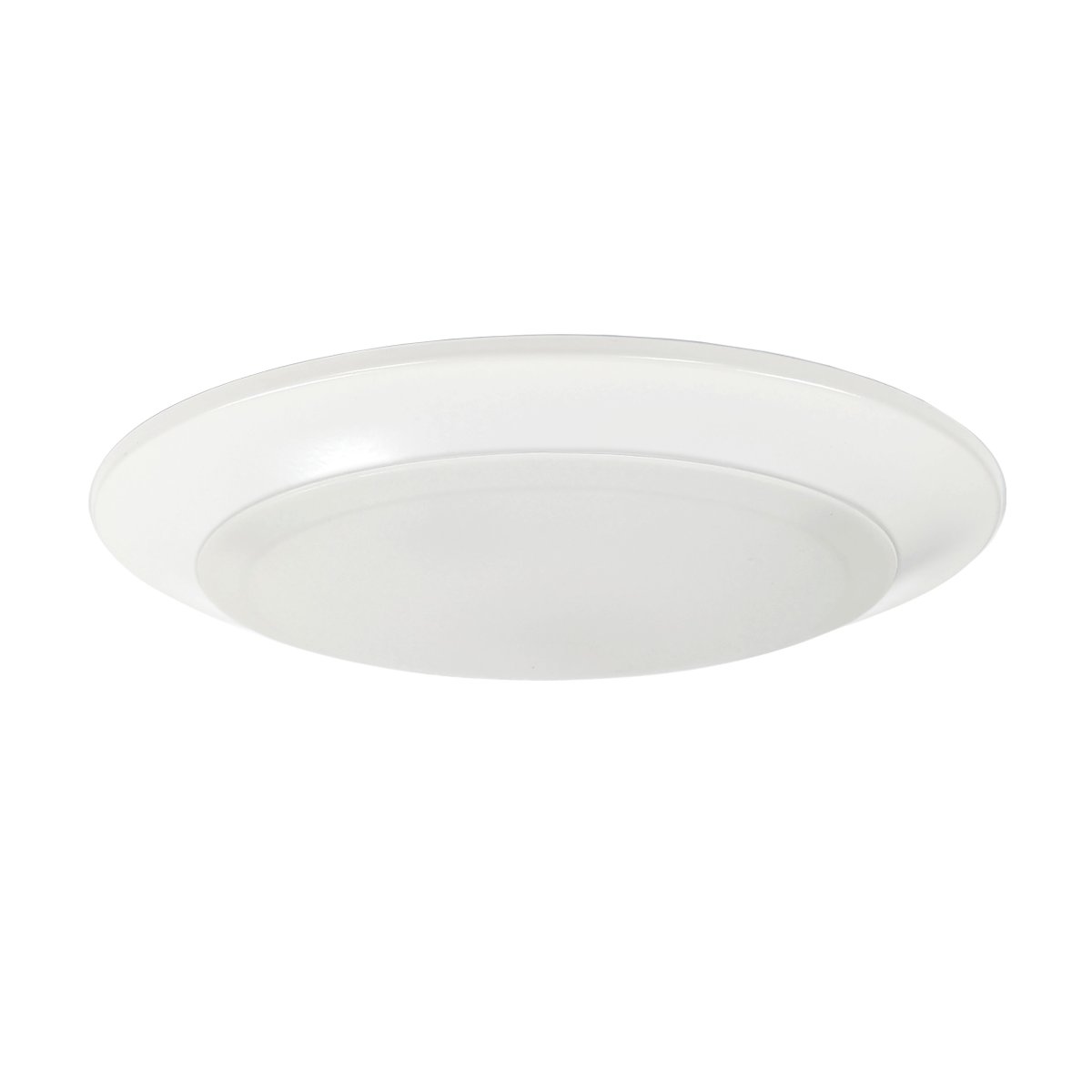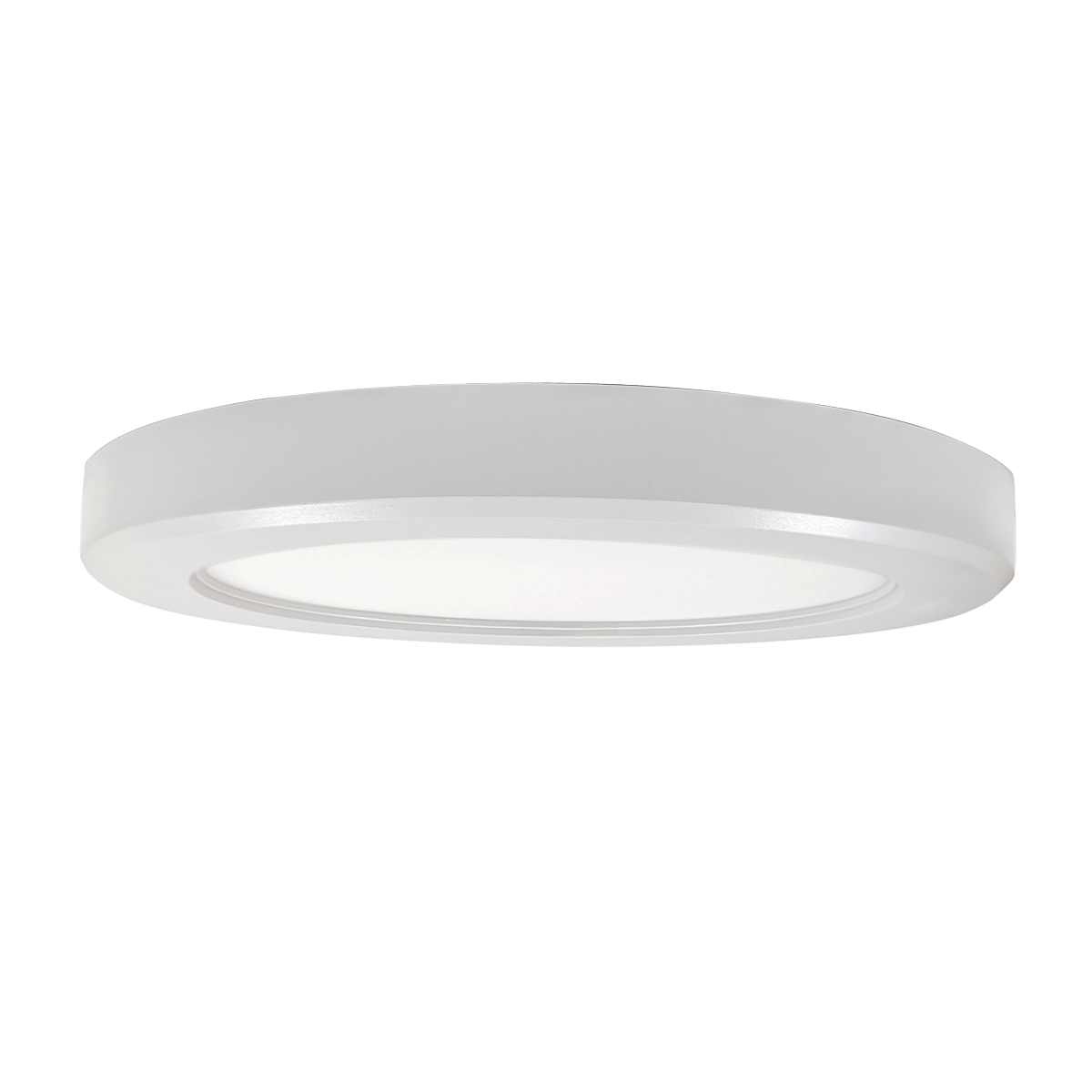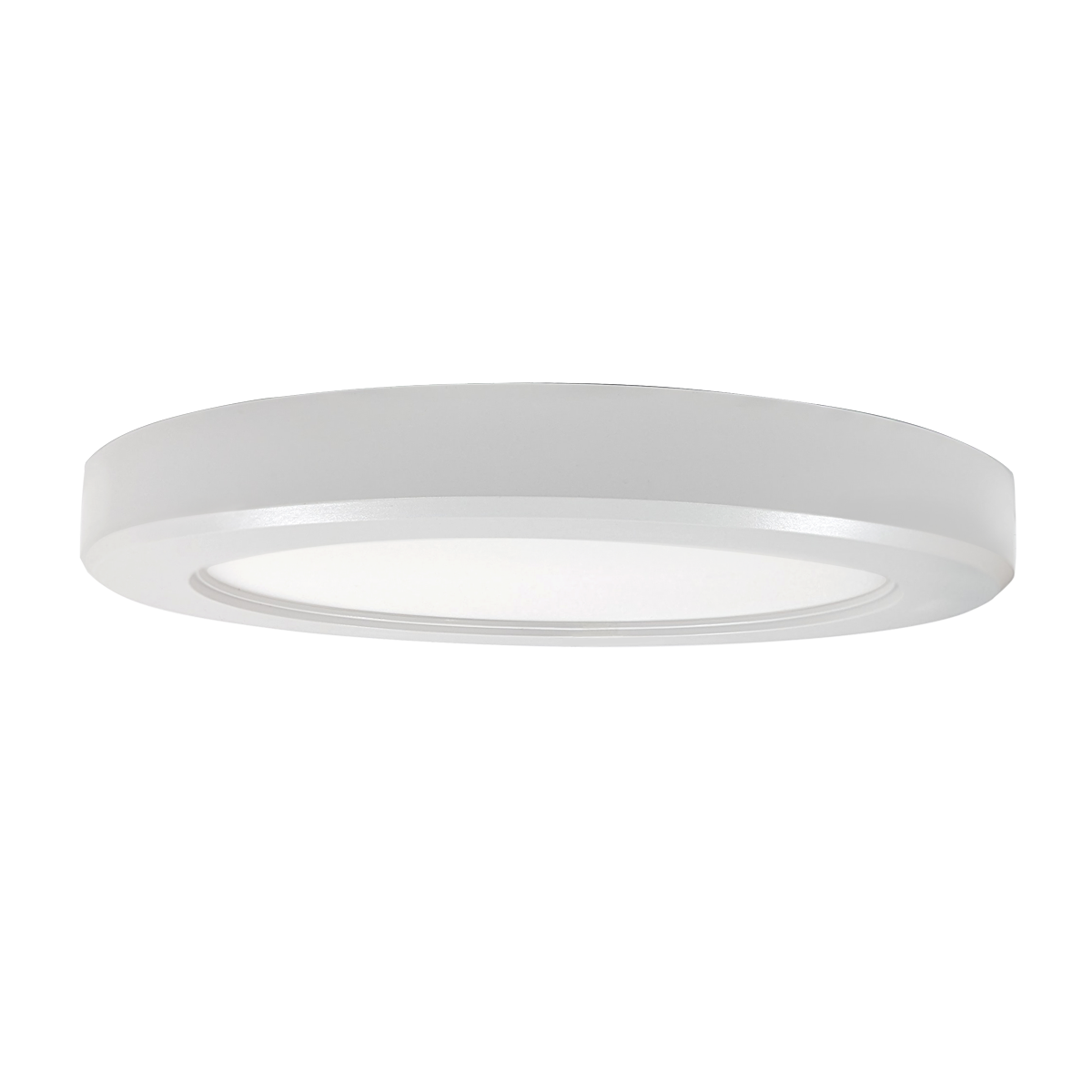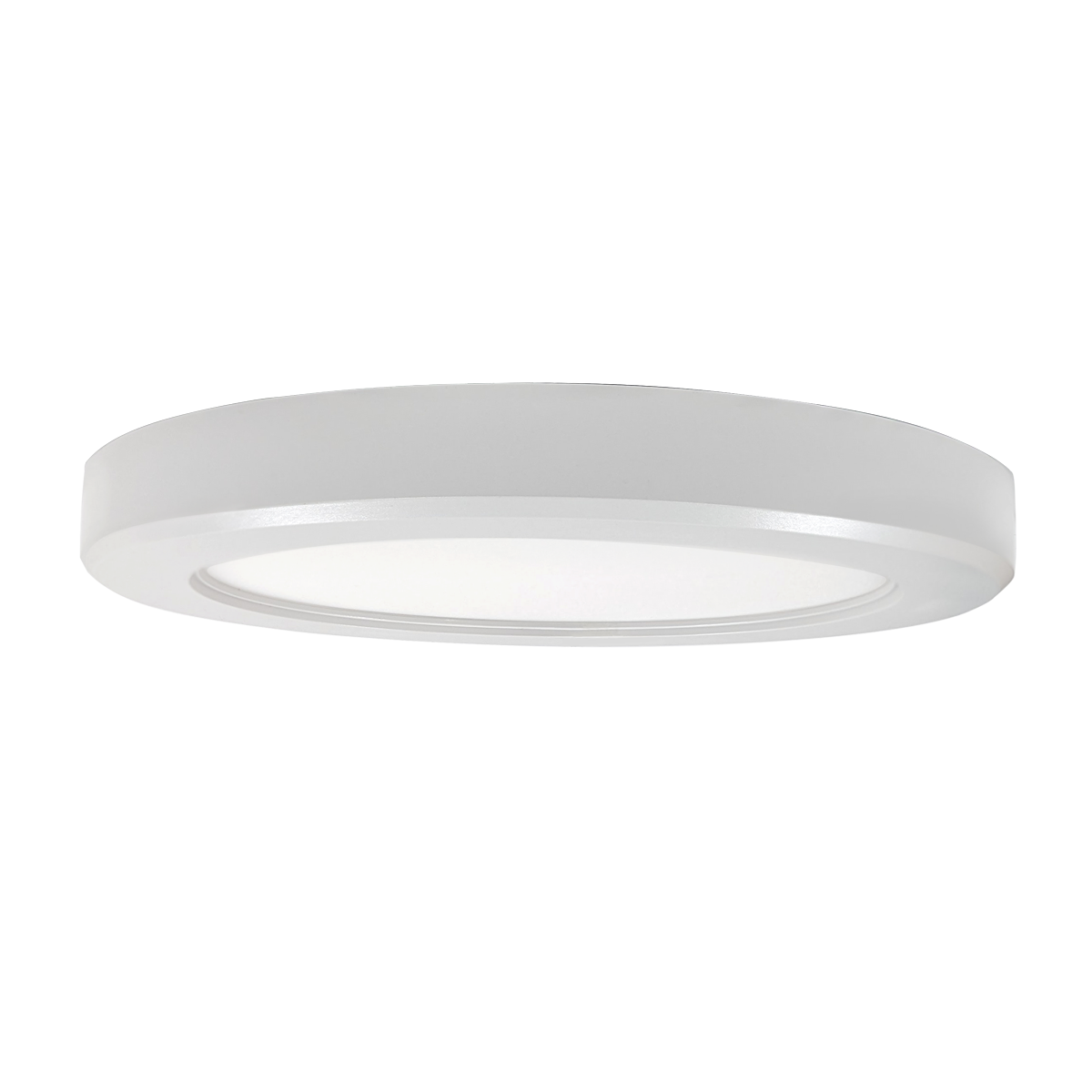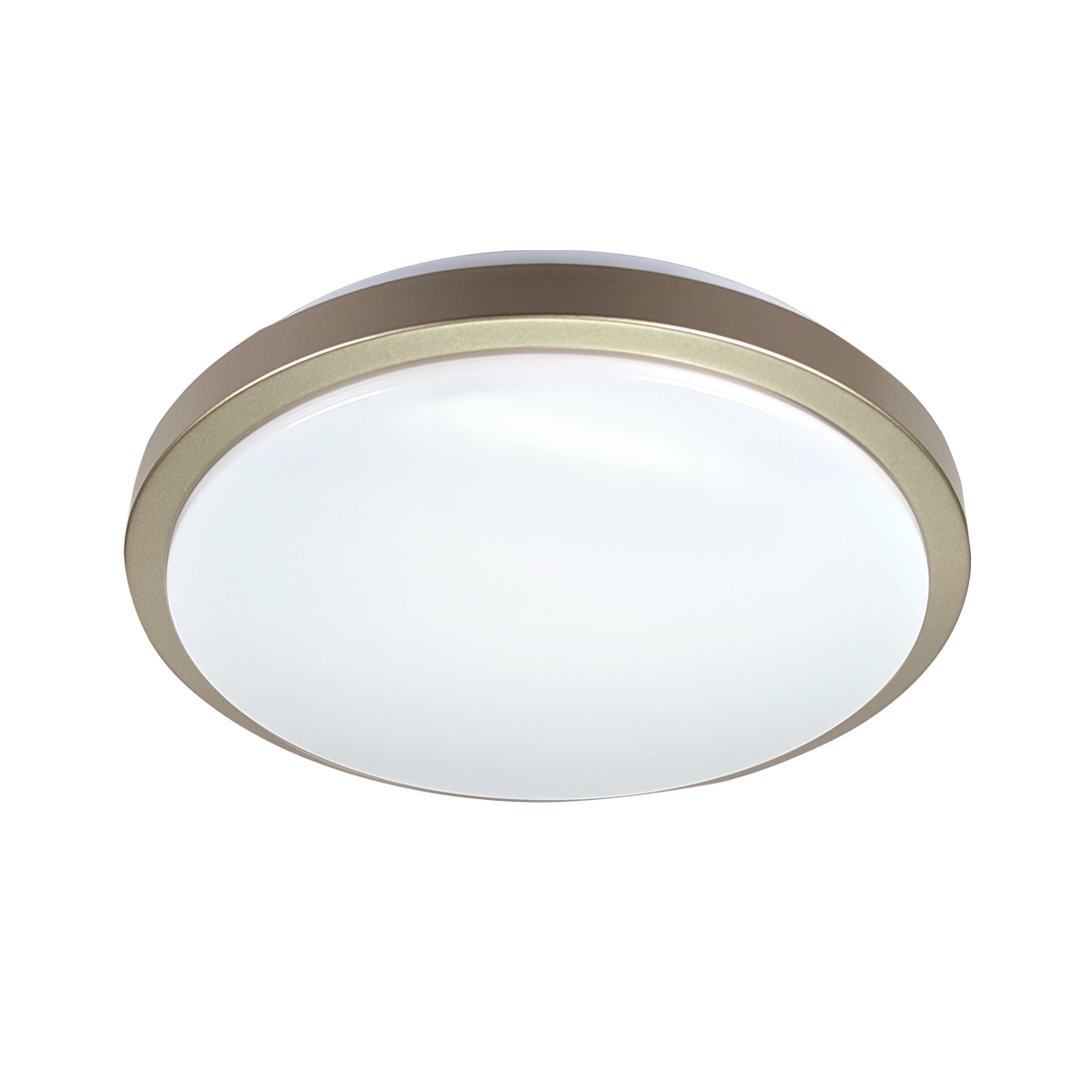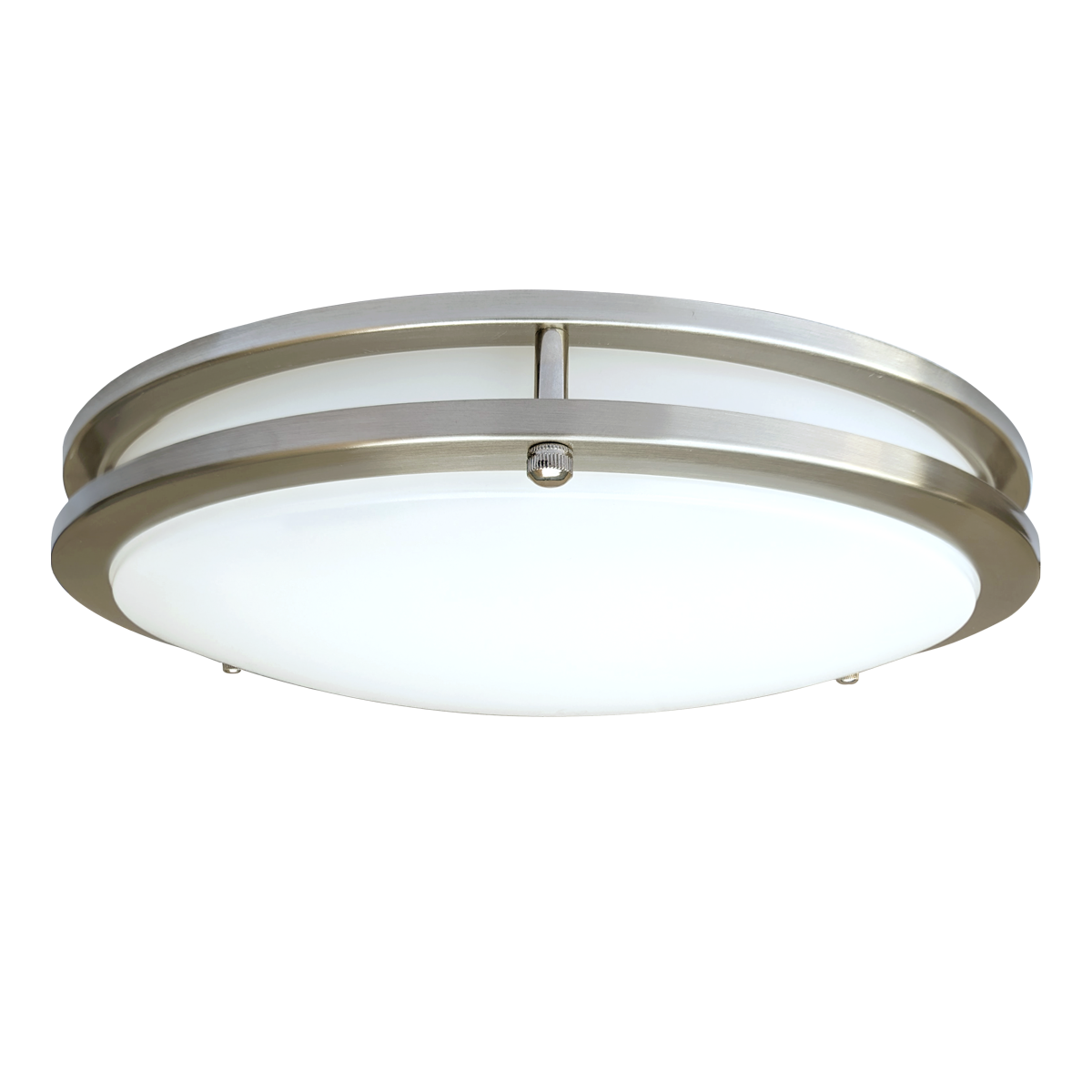Ceiling Lights - Flush Mount & Surface Mount
Clean, unobtrusive lighting perfect for commercial and residential rooms, hallways, closets, and modern interiors. These fixtures install close to the ceiling, providing ample ambient light while maintaining a clean aesthetic.
Common Questions About Flush Mount and Surface Mount Ceiling Lights
What is the difference between flush mount and surface mount lights?
While the terms are often used interchangeably, there's a subtle difference:
- Flush Mount: The fixture is designed to sit perfectly "flush" against the ceiling, with no gap. It appears seamlessly attached.
- Surface Mount: The fixture is mounted directly onto the ceiling surface but may have a small base or gap between the fixture body and the ceiling. It projects slightly more than a true flush mount.
In practice, both styles are very similar and solve the same problem: providing light where hanging space is limited.
My ceilings are textured (like popcorn). Can I still install a flush mount light?
Yes, but it may not sit perfectly "flush" against the ceiling due to the uneven surface. A surface mount fixture, which often has a base or canopy, is usually a better choice as it can bridge the texture more effectively. For a true flush mount, you might need to smooth out a small area of the texture around the electrical box for a secure fit.
What does "damp rated" and "wet rated" mean, and which do I need for my space?
This is crucial for location safety:
- Damp Location Rated: Suitable for spaces with moisture in the air, but not direct contact with water. Ideal for inside restrooms, locker rooms, and laundry rooms.
- Wet Location Rated: Can withstand direct exposure to water. Necessary for installation directly above a shower stall or in a steam room. Always choose a wet-rated fixture for any unprotected outdoor installation.
Can I install a flush mount light if I have a ceiling fan junction box?
Yes, in most cases. Standard ceiling electrical boxes are designed to support the weight of both flush mount lights and ceiling fans. However, you must check the weight of your specific light fixture. If it is exceptionally heavy, you may need to ensure the box is properly braced. The physical connection is almost always compatible.


